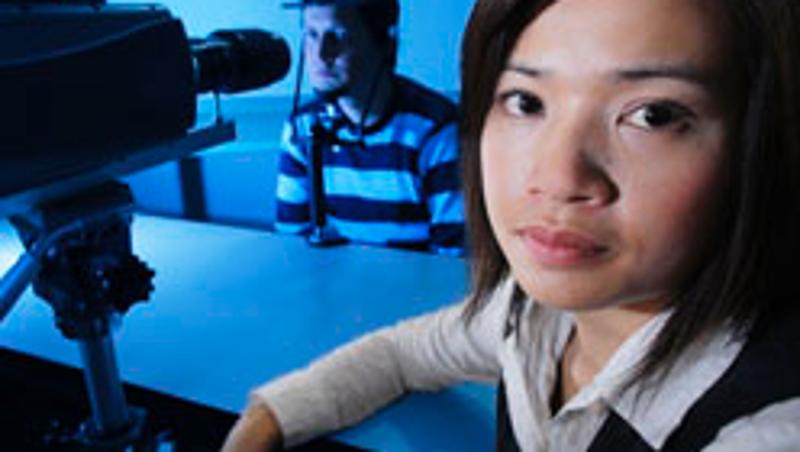
It is not science fiction to think that our eyes could very soon be the key to unlocking our homes, accessing our bank accounts and logging on to our computers, according to Queensland University of Technology researcher Sammy Phang.
Research by Ms Phang, from QUT's Faculty of Built Environment and Engineering, is helping to remove one of the final obstacles to the everyday application of iris scanning technology.
Ms Phang said the pattern of an iris was like a fingerprint in that every iris was unique.
"Every individual iris is unique and even the iris pattern of the left eye is different from the right. The iris pattern is fixed throughout a person's lifetime" she said.
"By using iris recognition it is possible to confirm the identity of a person based on who the person is rather than what the person possesses, such as an ID card or password.
"It is already being used around the world and it is possible that within the next 10 to 20 years it will be part of our everyday lives."
Ms Phang said although iris recognition systems were being used in a number of civilian applications, the system was not perfect.
"Changes in lighting conditions change a person's pupil size and distort the iris pattern," she said.
"If the pupil size is very different, the distortion of the iris pattern can be significant, and makes it hard for the iris recognition system to work properly."
To overcome this flaw, Ms Phang has developed the technology to estimate the effect of the change in the iris pattern as a result of changes in surrounding lighting conditions.
"It is possible for a pupil to change in size from 0.8mm to 8mm, depending on lighting conditions," she said.
Ms Phang said by using a high-speed camera which could capture up to 1200 images per second it was possible to track the iris surface's movements to study how the iris pattern changed depending on the variation of pupil sizes caused by the light.
"The study showed that everyone's iris surface movement is different."
She said results of tests conducted using iris images showed it was possible to estimate the change on the surface of the iris and account for the way the iris features changed due to different lighting conditions.
"Preliminary image similarity comparisons between the actual iris image and the estimated iris image based on this study suggest that this can possibly improve iris verification performance."
Media contact
- Sandra Hutchinson, QUT media officer, 07 3138 2130 or s3.hutchinson@qut.edu.au
**A high resolution photo is available for media use


